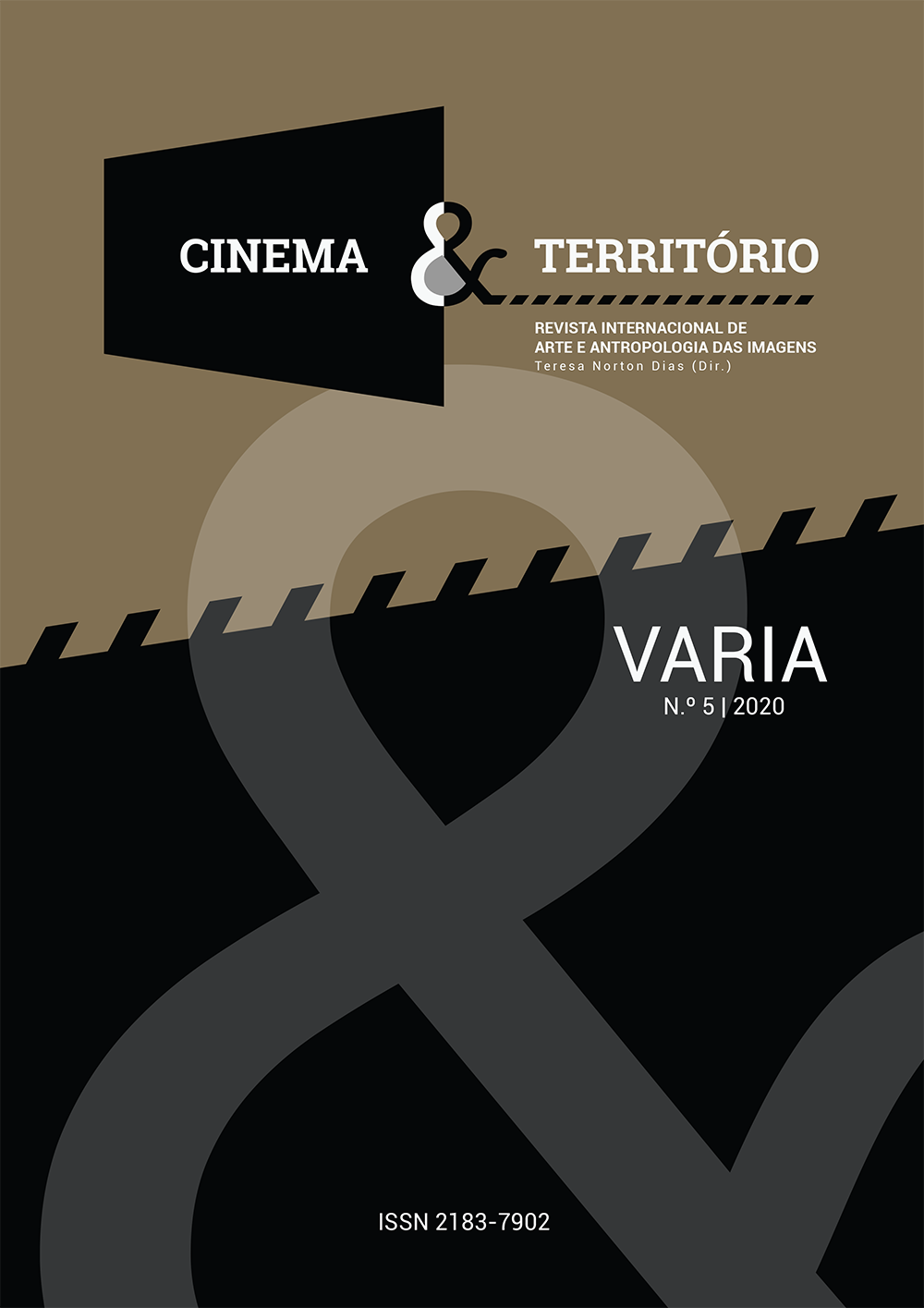Sculpture in Pedro Costa's cinema
DOI:
https://doi.org/10.34640/UNIVERSIDADEMADEIRA2020GONCALVESKeywords:
sculpture, cinema, body, object, recompositionAbstract
Admired for the innovative language with which he constructs portraits of people living in extreme situations, Pedro Costa is a consensual figure in contemporary auteur cinema. Between 1997 and 2006, he produced what is considered by many to be his most relevant body of work: a set of three films, known as the "Fontainhas Trilogy", which includes Ossos (1997), No Quarto da Vanda (2000) and Juventude em Marcha (2006). Examples that allow us to identify some of the most unique aspects of his work. Produced around a connection between Cape Verde and Portugal, the three films explore a series of oppositions, between a poor peripheral neighbourhood and the centre of a European capital with signs of wealth; between distance and proximity, community and non-community, displacement and location, place and context. On a smaller scale, the substitution of the island for the neighbourhood, the relationship of the body with the wall appearing in spaces of reduced dimensions, simultaneously interior and exterior. Closed and open spaces open, private and public, personal and political. With this study it is proposed that the antagonism present in these works [...].
References
Cabo, R. (coord.) (2009). Cem Mil Cigarros. Os filmes de Pedro Costa. Lisboa: Orfeu Negro.
Costa, P. Neyrat, C. Rector, A. (2012). Um Melro Dourado, Um Ramo de Flores, Uma Colher de Prata - No quarto de vanda. Lisboa: Orfeu Negro.
Ferreira, C. (2018). Pedro Costa. Porto: Edições Afrontamento.
Gonçalves. C. (Org) (2007). Fora ! Pedro Costa, Rui Chafes. Porto: Fundação de Serralves.
Gross, K. (1992) The Dream of the Moving Statue. New York: Cornell University Press.
Latour, B. (2004) Why Has Critique Run Out of Steam? From Matters of Fact to Matters of Concern. Critical Inquiry, Winter 2004, 225-248.
Latour, B. (2007) Reassembling The Social. An Introduction to Actor-Network-Theory. Oxford: Oxford University Press.
Rancière, Jacques (2011) The emancipated Spectator. London: Verso.
Rancière, Jacques (2019) Estética e Política. A Partilha do Sensível. Lisboa: KKYM.
Filmografia
Branco, P. (Produtor), & Costa, P. (Realizador). (1994). Casa de Lava [Filme]. Portugal: Madragoa Filmes.
Branco, P. (Produtor), & Costa, P. (Realizador). (1997). Ossos [Filme]. Portugal: Madragoa Filmes.
Chaves, A. (Produtor), & Costa, P. (Realizador). (2014). Cavalo Dinheiro [Filme]. Portugal: OPTEC, Sociedade Óptica Técnica.
Chaves, A. (Produtor), & Costa, P. (Realizador). (2019). Vitalina Varela [Filme]. Portugal: OPTEC.
Lewton, V. (Produtor), & Tourneur, J. (Realizador). (1943). I Walked with a Zombie [Filme]. Estados Unidos da América: RKO Radio Pictures.
Rossellini, R. (Produtor), & Rossellini, R. (Realizador). (1950). Stromboli [Filme]. Itália, Estados Unidos da América: RKO Radio Pictures.
Villa-Lobos, F. (Produtor), & Costa, P. (Realizador). (2000). No Quarto da Vanda [Filme]. Portugal: Contracosta Produções.
Villa-Lobos, F. (Produtor), & Costa, P. (Realizador). (2006). Juventude em Marcha [Filme]. Portugal: Contracosta Produções.
Vítor, G. (Produtor), & Costa, P. (Realizador). (1989). O Sangue [Filme]. Portugal: Trópico Filmes.
Downloads
Published
How to Cite
Issue
Section
Categories
License
Copyright (c) 2020 João Gonçalves

This work is licensed under a Creative Commons Attribution-NonCommercial 4.0 International License.
For more information follow the link: CC Atribuição-NãoComercial 4.0








